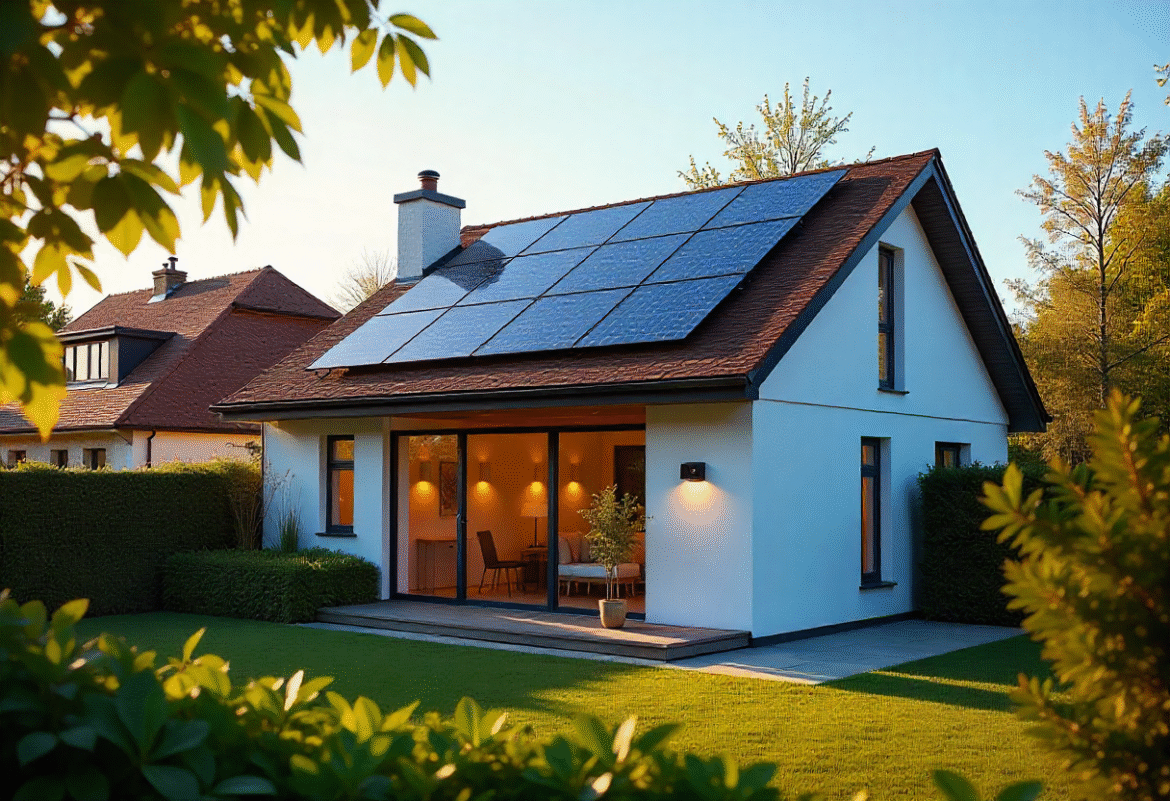Overview
Tesla Energy Ventures Limited formally applied to the UK energy regulator, Ofgem, for an electricity supply licence. This licence would enable the company to sell electricity directly to both domestic and non domestic premises throughout Great Britain and its surrounding energy zones (Ofgem). The move marks a significant strategic expansion for Tesla’s energy arm, aiming to integrate its renewable energy solutions with consumer-focused retail energy supply.
Background & Timeline
- Historical Foundations (2020)
Tesla previously sought a licence to generate electricity in the UK to support ventures like virtual power plants and battery aggregation technologies powered by its Autobidder software (V2G UK, theenergyst.com, Energy Storage Journal, V3 Recruitment). - Retail Ambitions (2023)
Job postings indicated Tesla’s intent to launch a retail electricity offering in the UK, akin to its Tesla Electric service available in Texas a platform allowing EV and Powerwall owners to buy and sell electricity dynamically (Business Matters, Energy Jobline News, Interesting Engineering). - Licence Submission (July 2025)
The official filing in late July confirmed Tesla’s bid to take a direct role as a UK electricity supplier, and set the comment deadline for this application at August 22, 2025, with Ofgem processing expected to take up to nine months (Ofgem, Globedge)
Potential Market Impact
- Competition & Innovation
Tesla’s entry threatens to shake up a market where six major providers dominate over 90% of the sector. Its digital first model and Tesla ecosystem could offer consumers innovative time of use tariffs and grid interactive pricing (MoneyWeek). - Leverage Existing Customer Base
With a substantial number of Powerwall installations already in UK homes perhaps between 10,000 to 20,000 Tesla is well positioned to offer energy buyback and EV charging discounts to an engaged consumer base (Energy Jobline News, Interesting Engineering, MoneyWeek). - Virtual Power Plant (VPP)
Tesla may connect distributed batteries and EVs into a VPP, enabling energy pooling, grid demand balancing, and real-time energy market optimization through its software platform, Autobidder (V2G UK, theenergyst.com, Interesting Engineering, Business Matters). - Regulatory Challenges
Entering the UK retail electricity market is no small feat Tesla will contend with tight regulations, low margins, and established players who offer similar smart tariffs via partners such as Octopus Energy (MoneyWeek).
Why It Matters
This development reflects a broader shift: automakers evolving into integrated energy providers, not simply car manufacturers. Tesla’s push aligns with its broader mission to accelerate clean energy adoption by tightly coupling energy generation, storage, and consumption within its ecosystem.
For UK consumers, Tesla could bring more personalized and responsive energy services particularly attractive to EV owners and those with solar and battery setups. Strategically, it also positions Tesla to handle energy supply for future infrastructure, including its Supercharger network.
However, the move may face scrutiny over consumer protections, grid impacts, and market disruption.

Looking Ahead
- Regulatory Review: Ofgem’s decision, expected in early to mid-2026, will offer insight into how open UK regulators are to vertically integrated energy models.
- Market Reaction: Other energy companies may accelerate innovation in response particularly in smart tariffs and flexible supply offerings.
- Consumer Impact: Tesla’s unique model could influence how households manage energy, shift demand, and monetize their own energy assets.
Summary
Tesla’s licence application is a bold step in its evolution from EV maker to full-fledged energy provider potentially reshaping how British households source, store, and monetize electricity.

